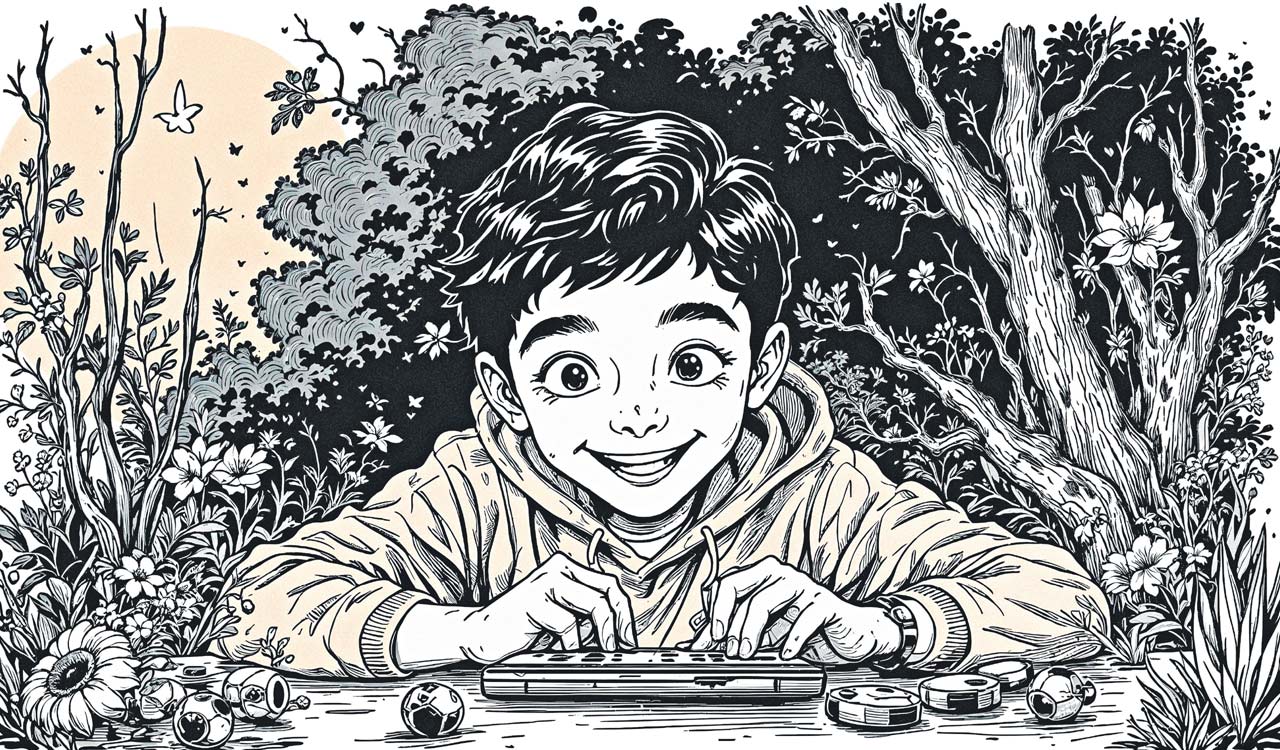Video games as art: Resisting crowdsourced review platforms, anti-woke culture
Rethinking how video games are received after the fracas surrounding 'The Veilguard'
Hyderabad: Video games are often called the ninth form of art – a sentiment I’ve mostly overlooked in my more than three-decade-long association with them.
To me, video games are many things: my work, my place of learning, and a refuge when life isn’t ideal. With over 3.5 billion people around the world playing games in 2024, I’m certain that video games offer similar meaning and inspiration to most of them, in ways that go far beyond the fiscal fact that the industry generated over $187 billion last year.
This week’s column seeks to tap into that sentiment, the need for personal meaning to address one of 2024’s most frustrating trends: review bombing.
First, they criticised the censoring of outfits in ‘Stellar Blade’, then argued that Yasuke from the upcoming ‘Assassin’s Creed Shadows’ wasn’t “Japanese enough” or “Samurai enough” to be a protagonist. Next, they targeted ‘The Veilguard’, stirring controversy over being “forced” to engage with non-binary and trans characters. These instances were collectively branded as either “woke propaganda” that supposedly ruins gameplay experiences or as a “liberal agenda” being forced on players.
However, these attacks didn’t begin in 2024 – they were already occurring, unchecked, with the backlash against Abby’s body in ‘The Last of Us II’ (2020) and the public witch hunt for Sweet Baby Inc’s contributions to game development.
While game makers have often sought to appease the trolls, I believe it is time to draw a line in the sand.
If video games are indeed art, they must experiment, explore, provoke thought, and push ideological boundaries, encouraging us to embrace the uncomfortable. If not, then they are just worlds that gratify, nothing more.
Examining the controversy surrounding ‘The Veilguard’s launch and reception, it’s important to highlight the stark discrepancy between reviews on platforms where you must purchase the game to post feedback (Steam, PlayStation, Xbox) versus platforms where you don’t (Metacritic, Google Reviews).
‘The Veilguard’ has received strong reviews from critics and players alike, with a mostly positive; rating on Steam (based on 17,500 reviews) and a 4.27/5 on PlayStation (based on 6.2k reviews). However, on Metacritic, it holds an average of 3.8/10 (based on 5.8k reviews) and a 27% like rating on Google Reviews. Could it be that non-players hold a bias against the game? If so, how can video games advance as a medium when anyone can critique – a right they certainly have – but claim expertise on 100-hour experiences without actually playing them.
It’s baffling to see a game like ‘The Veilguard’, likely to feature on many Game of the Year lists, receive such polarised treatment. Especially when ‘Baldur’s Gate 3’, which includes similarly gender-inclusive themes, enjoys a 90% like score on Google and a 9.2 on Metacritic. Yet, within just a year, the climate around these topics has shifted drastically.
A certain toxicity now surrounds the exploration of new themes and narratives. Discussions on social media and streaming platform increasingly push for adherence to traditional stereotypes, resist diverse storytelling, and focus on making games for the “gamers”. But who are these gamers? Surely, they can’t be all men, white, and privileged.
With 3.5 billion players worldwide – over 1.8 billion of them from the Asia-Pacific region – it’s essential to recognise that games will naturally be global, diverse, and plural.
Related News
-
Cartoon Today on December 25, 2024
5 hours ago -
Sandhya Theatre stampede case: Allu Arjun questioned for 3 hours by Chikkadpallly police
6 hours ago -
Telangana: TRSMA pitches for 15% school fee hike and Right to Fee Collection Act
6 hours ago -
Former Home Secretary Ajay Kumar Bhalla appointed Manipur Governor, Kerala Governor shifted to Bihar
6 hours ago -
Hyderabad: Organs of 74-year-old man donated as part of Jeevandan
6 hours ago -
Opinion: The China factor in India-Nepal relations
7 hours ago -
Editorial: Modi’s Kuwait outreach
7 hours ago -
Telangana HC suspends orders against KCR and Harish Rao
8 hours ago







